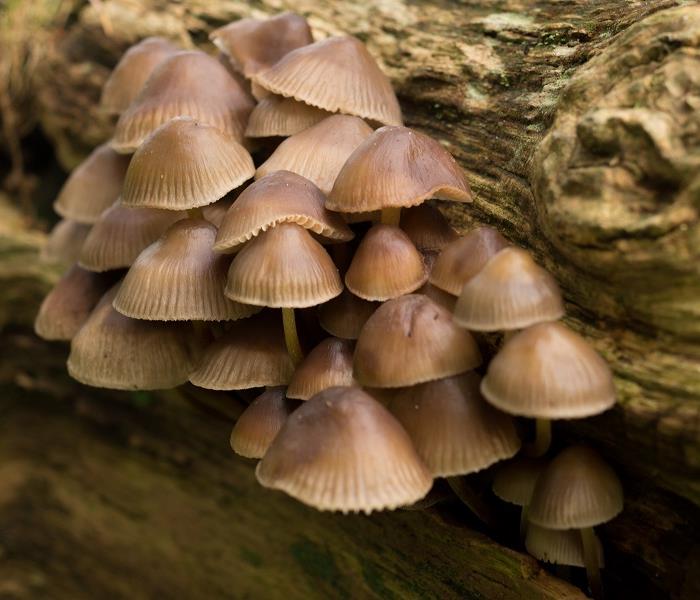Elizabeth City/Outer Banks Mold Facts
6/13/2016 (Permalink)
Over the next two weeks SERVPRO® of Elizabeth City/Outer Banks will be sharing with you some Frequently Asked Questions about Mold. Please join us again next week for the second installment of Mold FAQ's!
Q: What are molds, plants or animals?
A: Neither. Molds are members of a unique kingdom called fungi. Other common fungi are yeasts and mushrooms.
Q: Are molds only found in wet environments?
A: Mold grows everywhere on Earth, in all climates and conditions. Fungi have an absolute requirement for water but exhibit a wide range of tolerance in relation to water availability. Fungi can survive over a broad temperature range; however, optimum growth tends to be found in the 54-84°F.
Q: What is the source and cause of “musty” or distinct odor associated with wet or damp environments?
A: The odorants are organic (carbon based) compounds excreted from bacteria and fungi. They are often referred to as VOCs (volatile organic compounds) but more accurately they should be identified as gas-phase organic compounds derived from biodegradation.
Q: What is the leading cause of serious deadly illness indoors?
A: Bacteria and viruses are the most “pathogenic” (disease causing) organisms commonly found indoors.
Q: What is the most likely human response to mold by way of exposure to air?
A: The most likely human response by way of air exposure is allergic reaction to mold spores when in a sufficient high concentration.
Q: Who is most at risk when exposed to mold and mold spores?
A: The very young, the very old, those with weakened immunes systems, and asthmatics.
Q: Can we see mold spores indoors?
A: No. The size of mold spores is between 2 and 100 microns. The vast majority are under 20 microns. A micron is one millionth of a meter. We cannot see objects less than 40 microns without optical magnification.
Q: What about the size of mold spore and bacteria, is size important?
A: Particles of all size ranges are important. They can enter the cranial cavity, be ingested, enter the upper or lower regions of the lung or come in contact with the eyes or skin. Particles smaller than 2.5 microns are especially hazardous; they are small enough to be inhales into the alveoli region of the lung. The gas exchange portion of the respiratory system is the alveoli (air sacs). When damaged, lung function is permanently impaired.
Q: What species of mold should be of most concern?
A: Penicillium, Aspergillus, Stachybotrys are hazardous species in the sense that humans tend to have more of an allergic reaction to these. Hazards by themselves do not guarantee harm. But we should be very concerned when any of these three species are the source of the dominant spore concentration often found indoors.
Q: Is Stachybotrys chartarum a “killer” mold?
A: Much concern was raised about the mold Stachybotrys chartarum because it was found in homes of infants with an unusual “bleeding lung disease” in Cleveland. The media labeled it as a “killer” mold because some of these infants died. However, the Centers for Disease Control and Prevention (CDC) and other experts reviewed the investigations of the Cleveland cases and concluded that an association between the exposures to mold and the illnesses was not proven.
Q: What about the color of mold, is black mold more dangerous than other species?
A: We should not try to judge the risk potential of mold by its color. For example, there are literally thousands of species of mold, and a large number of them appear black when the mold colonies grow large enough to see.
Q: Are there any safe molds as far as allergic response goes?
A: In the face of uncertainty, it is prudent to suspect that all mold spores are allergens to some degree. In high enough concentrations and sufficiently long exposure times, regardless of species, mold spores can, in theory, trigger a reaction. Some molds trigger allergic reactions even at lover exposure levels.
If you find or suspect mold is growing in your home or business, call SERVPRO® of Elizabeth City/Outer Banks at (252)331-7889/(252)480-8557 for your mold mitigation needs.






 24/7 Emergency Service
24/7 Emergency Service
